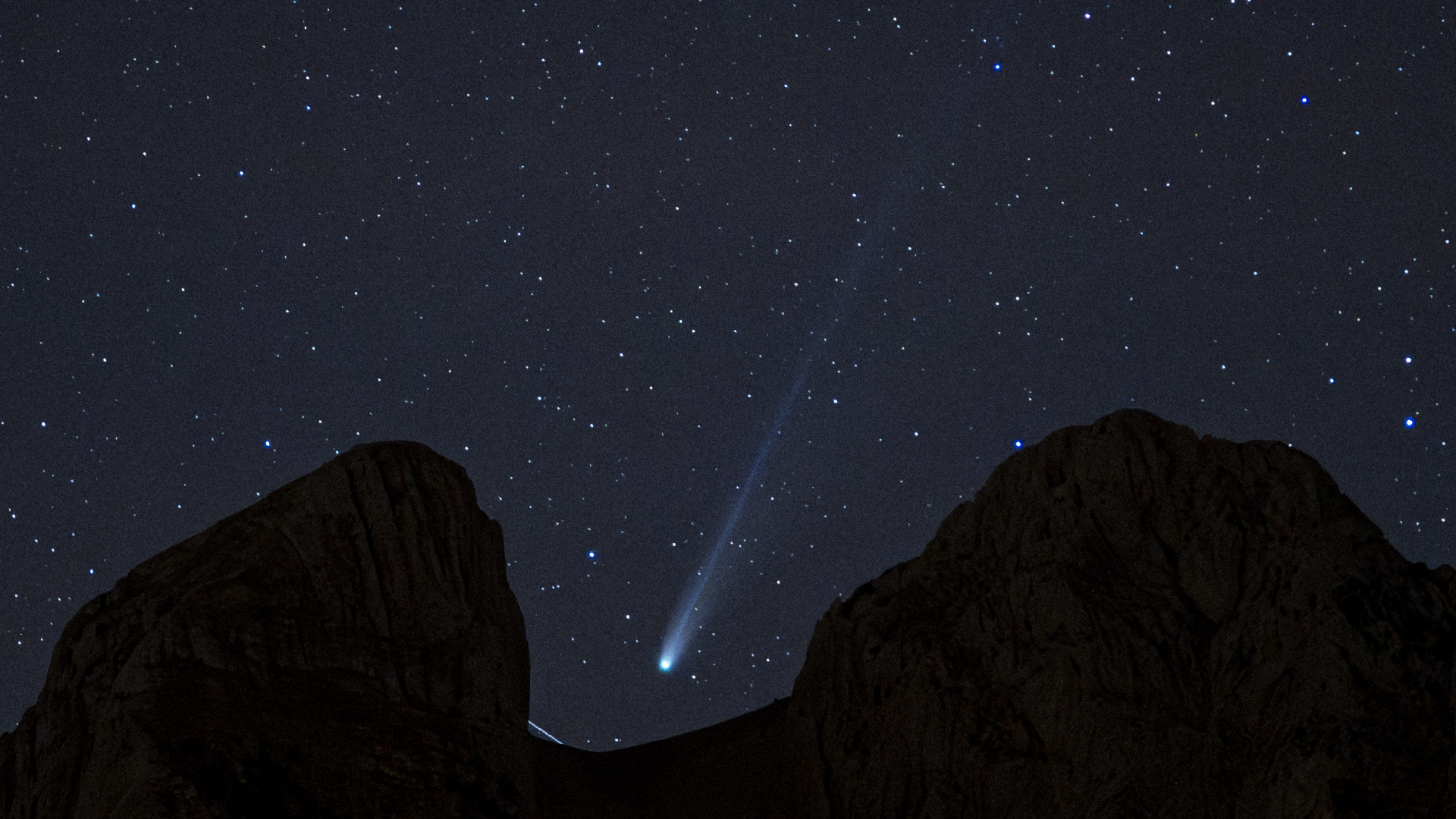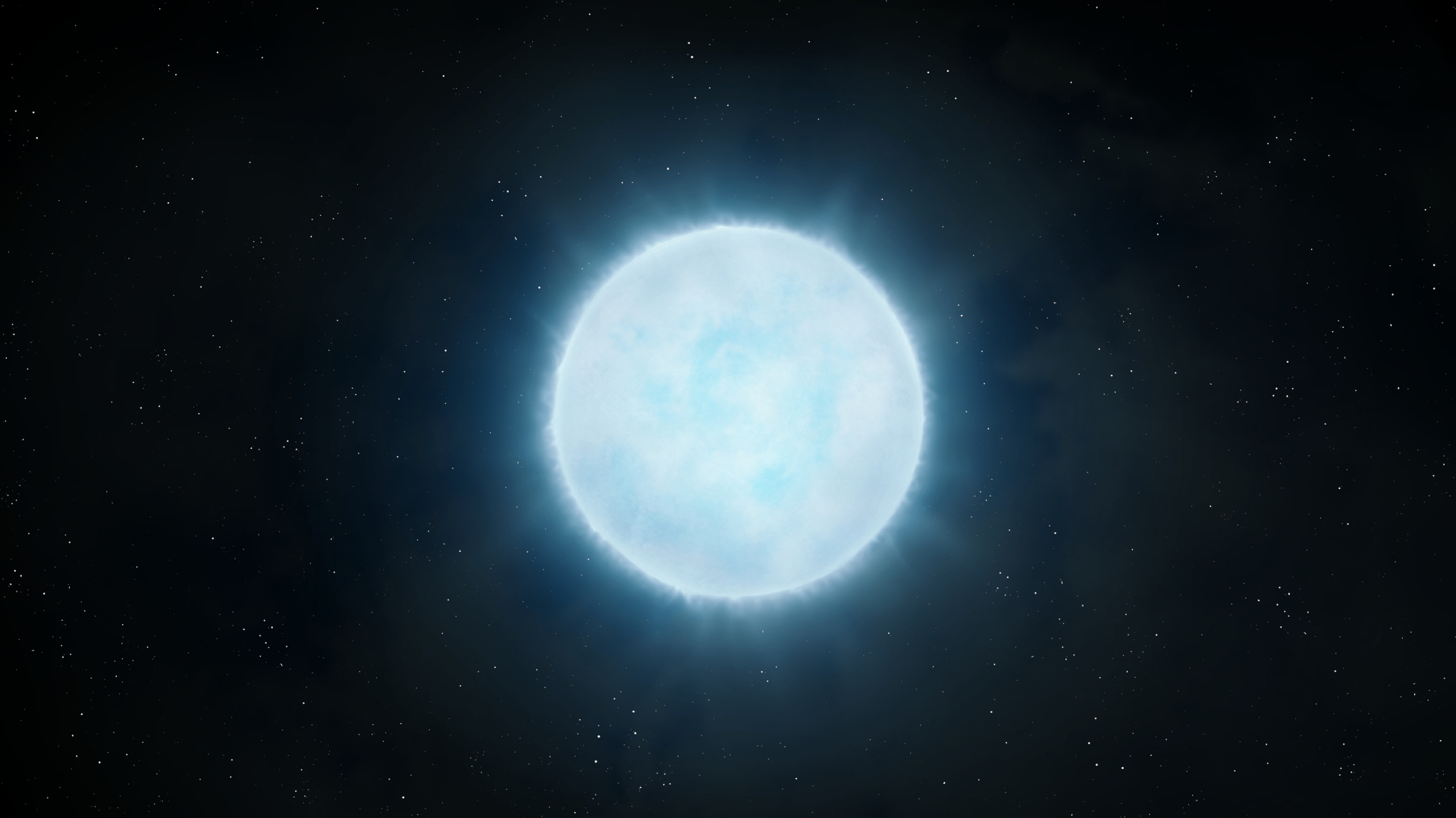Comet Lemmon lights up the sky over Spain | Space photo of the day for Nov. 11, 2025
The image shows the dynamic interactions between solar radiation, interplanetary dust and sublimating ice.

Comets of this type aren't everyday sightings. The opportunity to observe objects that might have orbital periods measured in thousands of years is fleeting. So when Comet Lemmon recently appeared in the night sky, eager skywatchers looked up to observe it move across the heavens.
What is it?
Comet Lemmon, or C/2025 A6, was discovered by the Arizona-based Mount Lemmon Survey, which observed it as an almost asteroid‐like object; it was later re-classified as a comet once coma and tail features became evident.
Comets are often described as "dirty snowballs" — icy bodies laced with dust and rock — from the fringes of the solar system. When they approach the sun, they heat up, releasing gas and dust that form the coma (the glowing cloud around the nucleus) and the tail(s) that stream away from them. Studying these phenomena gives insight into primordial solar system material.
In recent years, improved survey telescopes (like those used in the Mount Lemmon Survey) and more frequent astrophotography mean we're discovering and documenting more comets than ever. Yet, large and bright comets visible even to the unaided eye remain uncommon.
Where is it?
This photograph was taken near Pedraforca mountain in the Bergueda region in Spain.
Why is it amazing?
The image provides more than just a beautiful view; it records a moment of active sublimation: dust and gas escaping the nucleus due to solar heating. The color of a comet's coma often indicates what gases may be fluorescing under solar UV radiation, offering clues to the icy body's composition. Capturing the tail and coma structure helps astronomers model the dust production rate, tail shape and size, and how the comet is interacting with the solar wind and radiation pressure.
Want to learn more?
You can learn more about astrophotography and Comet Lemmon.
Breaking space news, the latest updates on rocket launches, skywatching events and more!
Kenna Hughes-Castleberry is the Content Manager at Space.com. Formerly, she was the Science Communicator at JILA, a physics research institute. Kenna is also a freelance science journalist. Her beats include quantum technology, AI, animal intelligence, corvids, and cephalopods.
You must confirm your public display name before commenting
Please logout and then login again, you will then be prompted to enter your display name.

